Gridlock: It’s Knot Love
Romantic couples have a bad habit of getting tied up in knots. Each partner influences the other with the intention to give love or to be loved in a satisfying way. Partner differences, which early in the relationship are a source of attraction, years later if unresolved can become the energizing force in the ever tightening knot of gridlock. Every partner wants to be loved and typically feels loved in the beginning. And within a relationship if this feeling of love fades, which it normally does, a partner attempts to solve this problem in his or her natural way…a way that is believed to maximize the possibility of success. Yet partners consistently fail to consider that the other partner functions differently and therefore must be influenced in a way that feels loving to the other partner, otherwise the effort fails to produce the desired result. A successful solution always requires love.
Gridlock is an ever-tightening relationship knot that grows more and more uncomfortable. Tension builds. Misunderstandings increase. Conflicts become more frequent. Disconnection becomes normal. Some couples stay in this miserable stand-off for decades as many pretend to the outside world that all is fine. During moments of elevated hope partners push and pull at each other intending to loosen the knot of gridlock. Men and women build connection in opposite ways, a difference that often contributes to the formation of relationship gridlock. Opposing strategies result in a kind of tug-of-war, with each attempting to effect positive change in a method that ultimately is dissatisfying to the other. As each pulls, the knot grows tighter.
Imagine wearing laced shoes and at the end of a long day, you are eager to get your shoes off. So you pull at the double-knotted lace hoping it will unravel easily giving immediate relief to your hot and tired feet, a high risk maneuver. Instead the knot refuses. With frustration you pull again, more firmly. And again the knot does not cooperate. But if you then do what romantic partners do, in mounting frustration you pull again and again with greater and greater force; the knot clenches even more tightly. Pulling the lace was the wrong effort, and repeating with more force only made it worse. Only a change of strategy, a rethinking about the problem, will solve the puzzle. A new strategy that is focused and careful instead of forceful, while patiently finding the part of lace that will start the loosening process will cause the knot to unravel and lead to success.
Romantic partners in gridlocked relationships tend to repeat kinds of effort, like pulling at the shoe lace again and again. It is the wrong kind of effort to begin with, but each time more force is used, charged with anger or resentment continually fails. When the results are disappointing, partners distance themselves and withdraw their love.
Unilateral efforts are less likely to be part of a successful solution and tend to increase frustration because satisfying relationships are made from both partners loving simultaneously. One partner’s effort to loosen the knot may succeed if guided by the realization that you can only change yourself and not the partner. A second vital strategy is based on the truth that every effort, to be successful, must feel loving to the other, otherwise it will be rejected. An old knot will not immediately respond to new loving efforts. Before the knot of gridlock begins to loosen patience and the passage of time are required while repeating the right loving efforts at the right intensity. Only after the right kinds of love are flowing simultaneously in both directions between partners will the gridlock be gone, replaced by the positive feeling of togetherness. Andrew Aaron, LICSW is a sex and relationship therapist who practices in the New Bedford Seaport.

